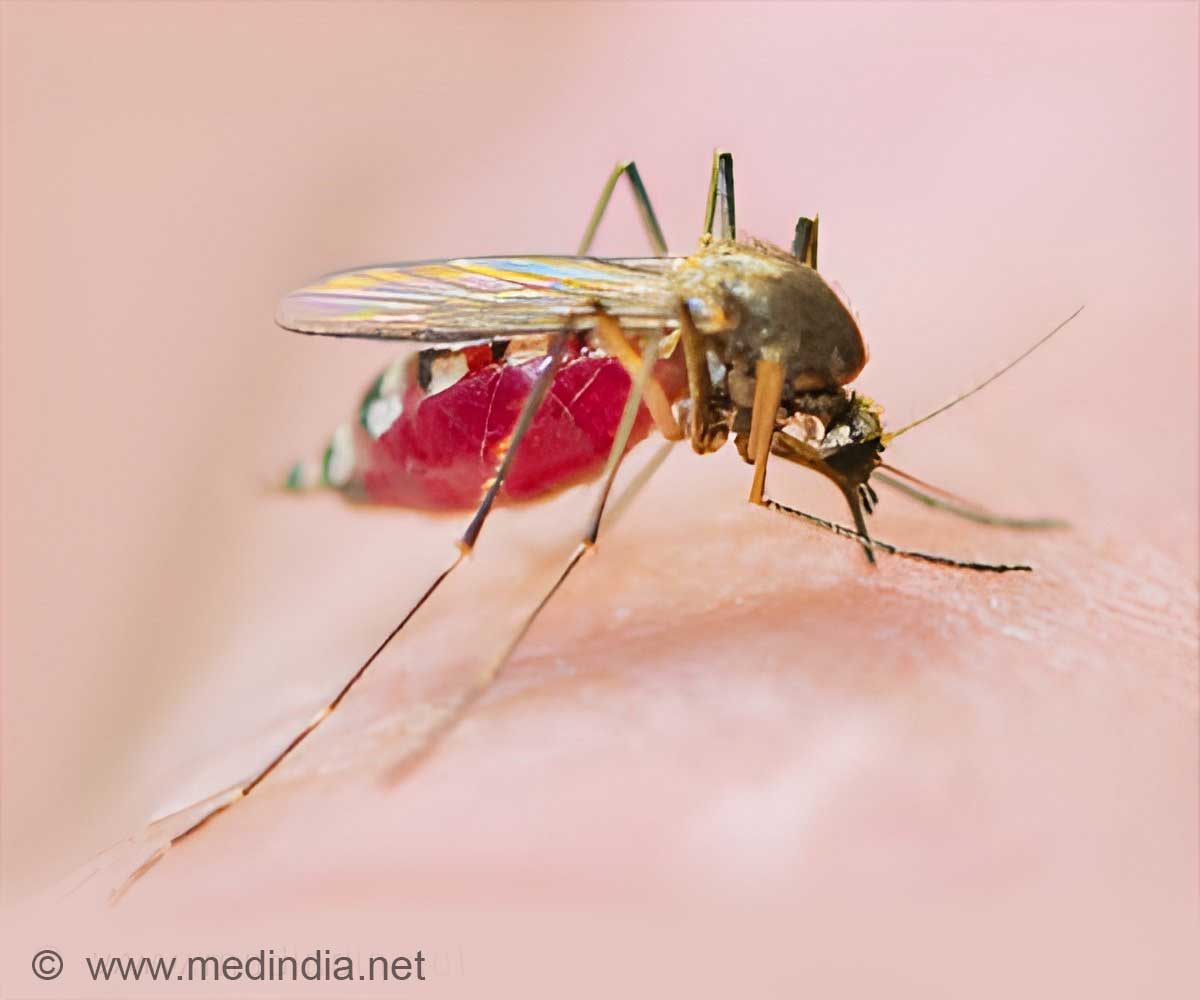Researchers have identified a family of efficient and selective molecules known as borrelidin which can fight the parasite Plasmodium, causal agent of malaria.

Lluis Ribas de Pouplana, ICREA researcher at IRB Barcelona, said that they had found that the chemical space of borrelidin offered the opportunity to find very strong and efficient antimalarial drugs and they must now study the action and pharmacological properties of these compounds in order to pave the way for their development as drugs.
The new molecules act on the protein production machinery of the parasite and they are therefore efficient in all phases of parasite infection in humans and with respect to the specific mechanism of action, the compounds based on borrelidin inhibit one of the 20 tRNA synthetases of the parasite, key molecules for the correct production of the proteins required for growth, replication and infection.
Ribas, head of the Gene Translation Lab at IRB and expert in this fundamental process of life, continued that the synthetases were crucial for the parasite both when multiplying rapidly in the liver and when infecting red blood cells and because the compounds attacked a general component of the protein production machinery, they were of considerable interest because drugs that acted in all the stages of infection are also better for the prevention of the disease.
The IRB Barcelona scientists performed an exhaustive analysis of the analogues and identified two i.e. BC196 and BC220 that are useful for combating Plasmodium. The compounds show low toxicity in human cells in vitro and a high efficiency at clearing the parasites both from cells in vitro as well as from animals.
The study is published in the journal Proceedings of the National Academy of Sciences (PNAS).
Advertisement












